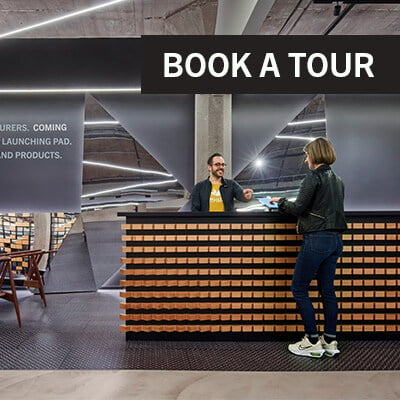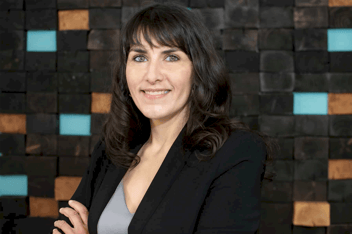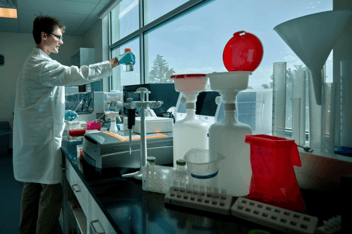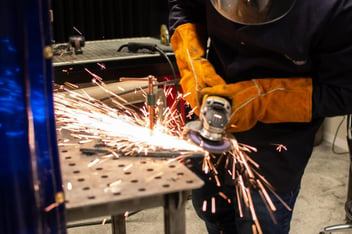As the Executive Director of mHUB’s IIoT accelerator, I have the incredible opportunity to speak with hundreds of startups that are breeding new solutions to challenges in manufacturing. These startups are anywhere between sketches on a napkin to solid prototypes to deployed pilot projects at client locations. The following top industrial IoT applications reflect the current landscape of entrepreneurial and innovator focus – what our forward looking problem solvers are paying attention to when it comes to impacting smart manufacturing, industry 4.0 and the industrial internet of things.
Fascinating stuff if you ask me!
These top industrial IoT applications are not based on the traditional vertical market approach but rather around common themes across different markets, common pain points for which solutions can be built and usable across different verticals. This view is by no means complete, rather an impression of evolutions that continuously arise in my conversations with startups.
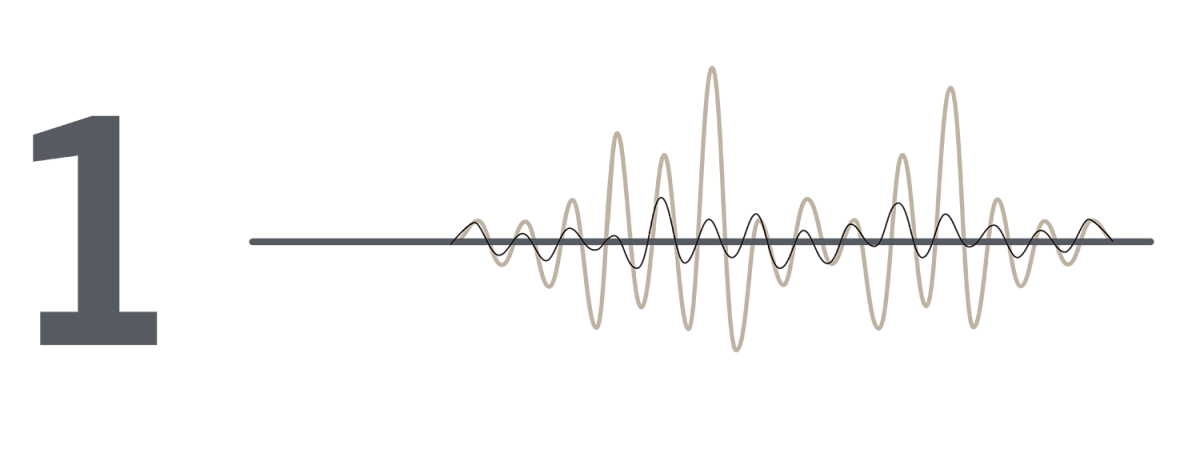
Continued improvement of productivity and efficiency
"There is a plethora of sensor and similar devices for an ever-expanding application field – evolutions from manufacturing and warehousing towards agriculture, construction and more."
Still there is a lot of opportunity for dedicated sensors: think about devices sensing specific gases (in plants, transportation, and even cities for citizen wellbeing); flow or traffic sensing devices based on vibration technology (rather than in-flow or in-traffic sensors); visual sensors making shelves smart for better inventory management; quality assurance sensors that are part of the actual production process to provide real-time feedback. In the same vein, combinations of sensors in more robust and smart devices are gaining traction in specific markets as an industrial IoT application as well: combo sensors in agriculture for food growth optimization, or air quality monitoring solutions in hazardous environments.
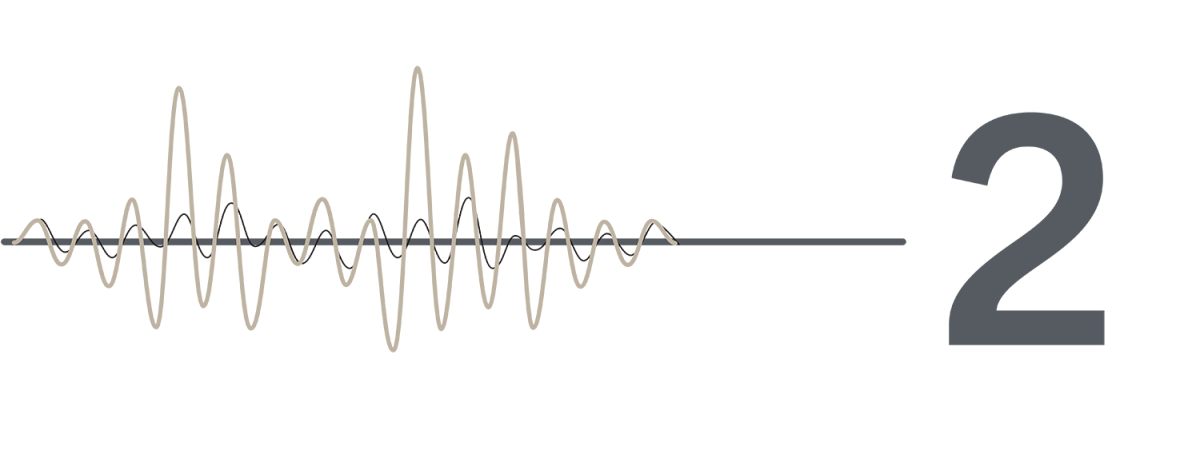
The wellbeing of machine operators
"With the Covid-19 pandemic still raging, startups have been focused on wearables and platforms that adhere workers to strict social distancing measures or smart devices geared towards enforcing hygiene rules."
Startups, however, are also envisioning the long-term evolutions of these wearables and platforms for a broader support of the safety and wellbeing of workers. Proactive manufacturers also see the pandemic related investments as a great platform to offer more: safety of co-workers by tracking their position versus machines, guiding warehouse workers towards the right location to make work less physically taxing, etc. The step from safety to wellbeing is on the horizon as an industrial IoT application: a good example are wearable ear devices that can allow workers to set their own soundtrack (do you also work better while listening to your preferred music?) but still allowing full attention to critical contextual signals (machines, robots, commands).
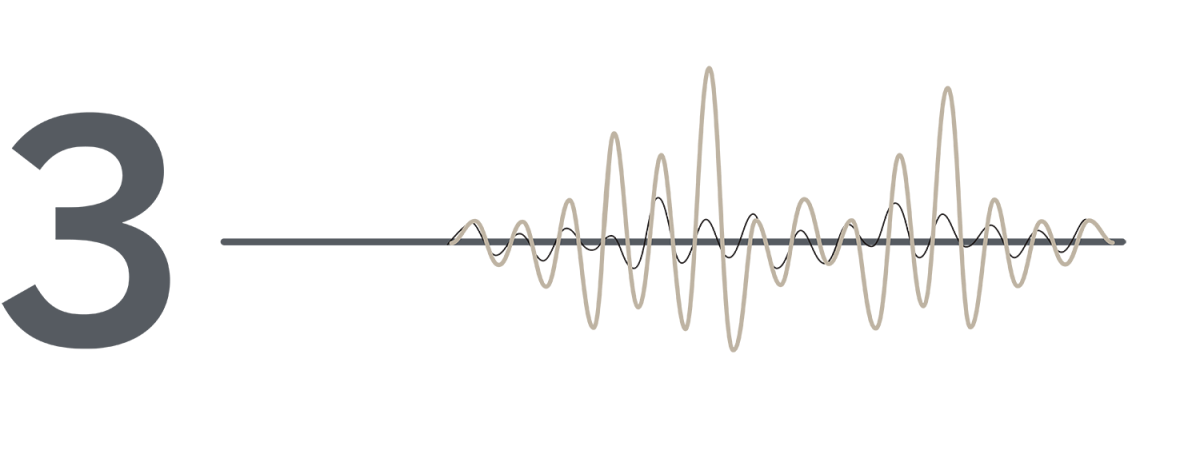
Improving the worker experience
"Lots of work has gone into improving the worker experience, but efficient operations and increased access to tools also supports job satisfaction."
Think about the field engineer who is in direct voice and video connection with the home base to get real-time guidance. Innovation is ongoing to further improve the quality and make such industrial IoT applications cost effective. The whole space of remote workers requiring instrumentation and toolsets is being revisited resulting in miniaturized versions that fit in your pocket – think of shrinking bulky desktop lab instruments in the same way as big old desktop computers now fit in the palm of your hand. But also within factories and warehouses, initial versions of exoskeletons have been introduced to aid operators and workers. Work is now already happening on sensors that will help these workers to control their exoskeletons for further wellbeing and safety. Startups realize that making work easier, safer and more pleasant to do is something worth investing in.
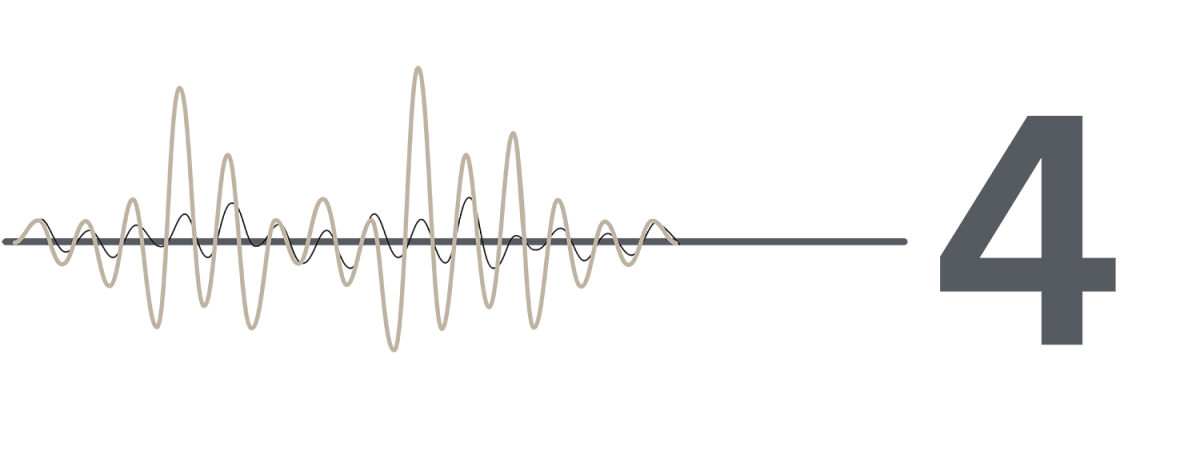
Finetuning the automated co-worker (aka the robot)
"Tremendous innovation has taken place in the broader robotics field. Human sensing robots for a safer plant or autonomous vehicles that integrate into inventory management systems."
Further innovation is ongoing in this fascinating field: remotely human-operated robots in unknown and potentially harmful environments, enhanced robots for difficult operations such as picking and placing, and improved robot capabilities such as flexible joints for additional maneuverability and handling capability. In sum, cost-effective robots that can easily be configured and installed in various environments with a far-out vision of self-configuring and self-learning robots is a revolutionary industrial IoT application.
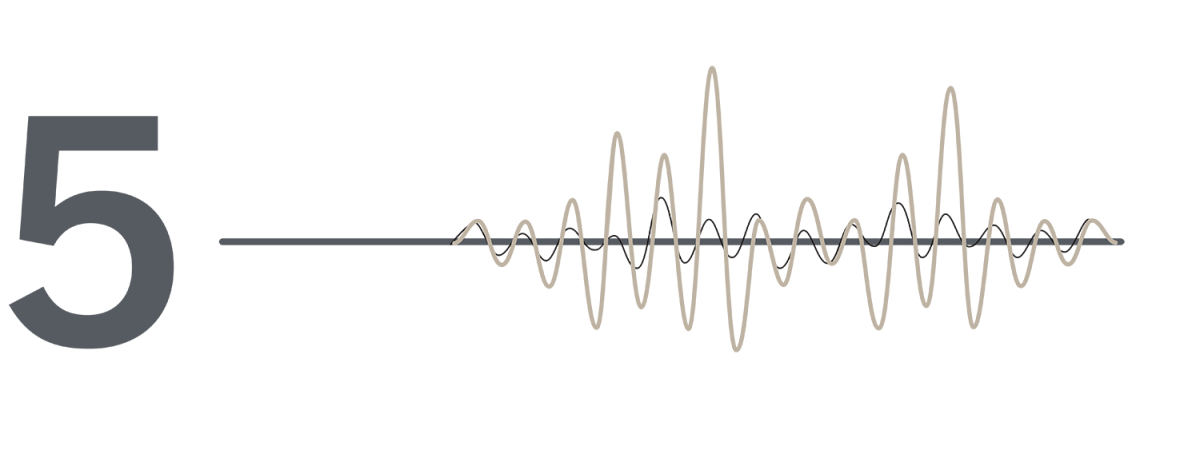
Focus on energy efficiency toward sustainability
"A major challenge in the sensor and edge device market has been the need for power to keep devices humming."
Often sensors are battery powered and last several years. However, more and more devices that combine sensing, location and computing need higher and permanent energy sources resulting in three paths of innovation. Energy harvesting innovation based on vibration technology or the use of nano-capabilities of certain materials. It’s happening as we speak and on a path to outright replace batteries. On parallel, typical power-hungry location tracking devices are being replaced by low-power versions ideal for asset tracking purposes. Tangential to this evolution, sensors of all sorts are developed towards designing more sustainable solutions covering most of the value chain from cradle to grave.
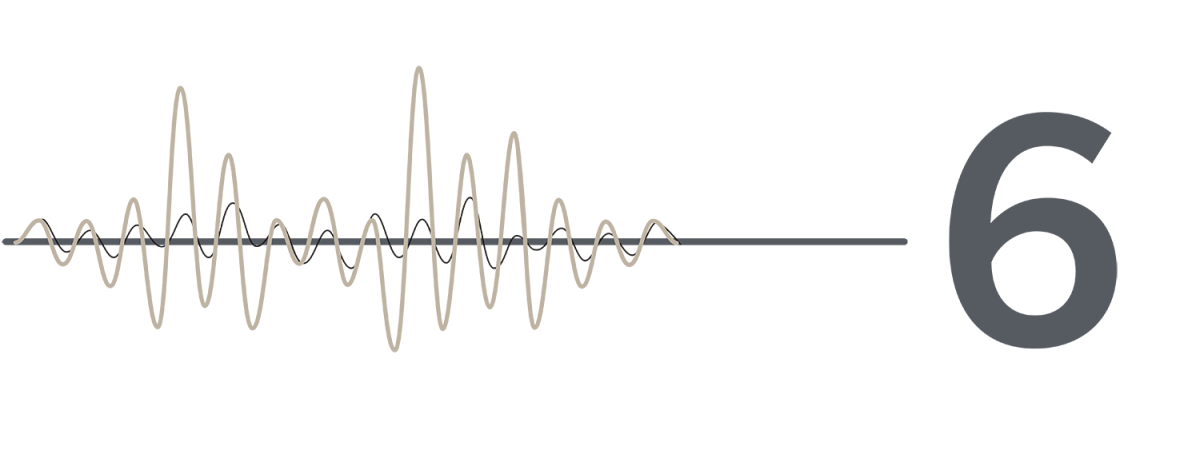
Ongoing interoperability and security
"Interoperability between sensors, edge devices, and the cloud has always been an important challenge in order to allow smooth transmission of sensor data to computing platforms."
Uniform standards are lacking but work on this front is happening. Whereas 5G is full of promises in the long-term, low power long range wide area networks (LoRaWAN) that don’t require massive infrastructure are en vogue. Work on meshed wireless networks that can grow with scaling deployments is also occurring. Equally, if not more important, is having a secure communication of data between all components of the end-to-end IoT system. Preventing hacks to avoid compromising manufacturing-critical data that could stop a plant’s operation or prevent competitive stealing of data is getting higher on the industrial IoT application agenda. A difficult balancing act, however, is between sufficient processing power to accelerating the computation and encryption of all that data and the amount of energy needed to power these devices. A lot of innovation is happening at the software, system and hardtech level by startups. More so than by established players who prefer to keep their efforts, components and solutions under their own umbrella in a walled garden.
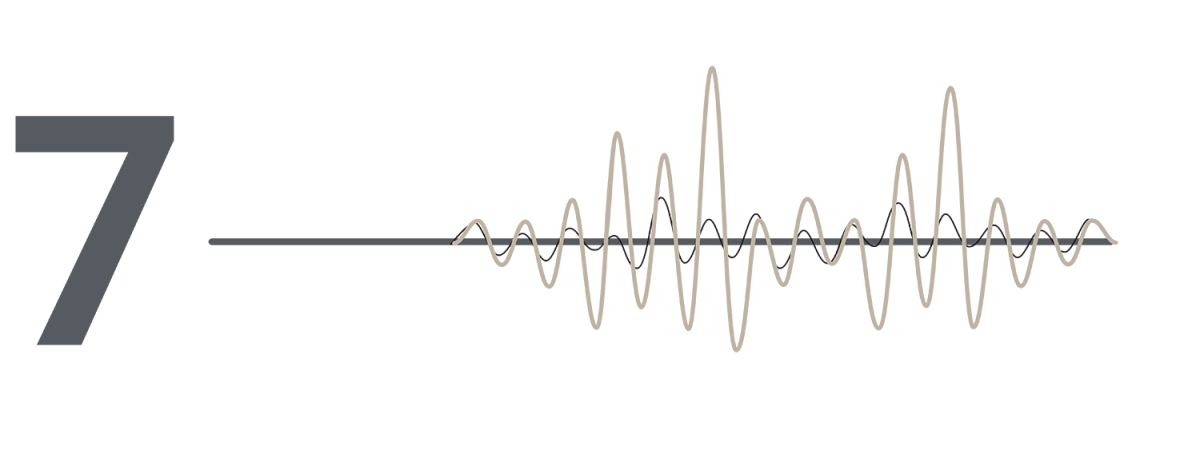
Finding the right data
"Transmitting data from assets to the analytics platform is only a part of the challenge, the bigger problem is finding (or selecting) the right data at the right time and the right place. "
Shipping all data is impossible and cost prohibitive hence a focus on more dedicated and smarter sensing devices that only transmit the relevant data. Additionally, intermediate edge devices are introduced that collect that relevant data, pre-process it and transmit only the relevant parts to the analytics platform in the cloud. In some cases, there are real-time constraints that prohibit shipping the data to the cloud and have to rely on more local (read edge) processing and decision making. A lot of innovation is taking place in that foggy edge environment to find the right balance between processing, transmission and decision making.
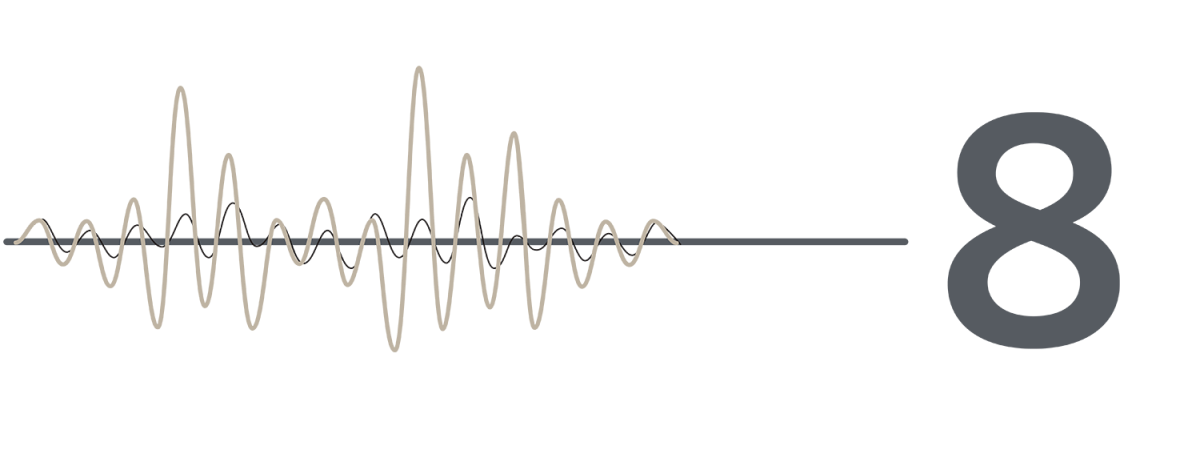
Focus on small and medium manufacturers
"Consultants and integrators have been focusing on IIoT and smart manufacturing implementations in large corporations."
Typically, these are major and expensive undertakings because these integrators require an army of skilled professionals and more sophisticated IIoT components and platforms that are commensurate with their clients. That leaves small and medium manufacturers in the cold as they don’t have the resources (both talent and financial) to absorb such industrial IoT applications. This opens prospects for startups focusing on connected plug-and-play sensors, simple edge devices and platforms that can be easily deployed and generate meaningful insights from the captured data. Such innovations can create an attractive and low-cost path for small and medium manufacturers towards digitalization.
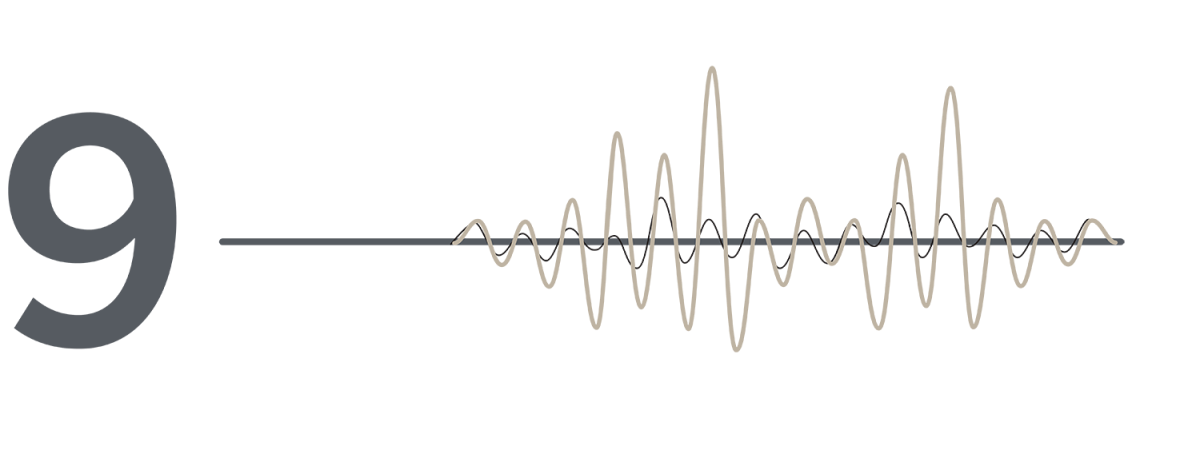
Towards a new manufacturing model
"The ongoing trend towards personalization of products results in overall lower production volume sizes (batches) that have made many rethink the whole manufacturing concept."
The ongoing trend towards personalization of products results in overall lower production volume sizes (batches) that have made many rethink the whole manufacturing concept. Traditional manufacturing has always been focused on large batch sizes defining production and assembly lines. Different additive and subtractive manufacturing technologies are being contemplated for lower volume production. As a result, software is now available to guide developers as to which manufacturing technology is better suited for different product-volume combinations based on the product CAD file. Next evolutions integrate the design and the actual making of the product. We are moving to a world where high volume assembly lines are complemented (or replaced) by highly flexible manufacturing units that use the appropriate manufacturing technology – think of a super-machine that combines the flexibility of CNC machining, 3D printing and whatever other technology all-in-one cost-effective equipment. That is flexibility.
Thanks to the startups for the inspirational talks!
Thierry Van Landegem is Executive Director of the Sustainable Manufacturing / IIoT and EnergyTech Accelerator at mHUB, the hardtech innovation center based in Chicago.

